The probability of the intersection of events a and b is denoted by pa b. The rule shows how ones judgement on whether latextexta1latex or latextexta2latex is true should be updated on observing the evidence.
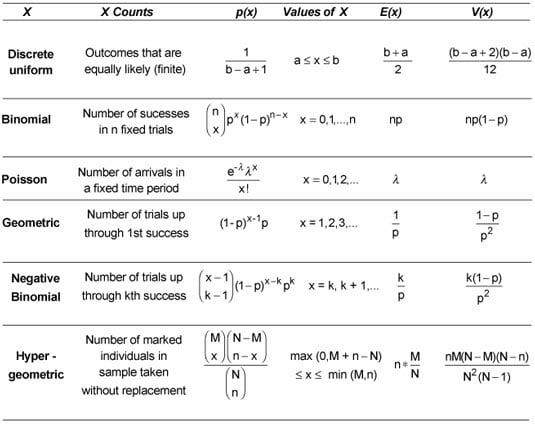
Probability For Dummies Cheat Sheet Dummies
The sum of all probabilities for all possible values must equal 1.

Probability distribution rules. The sum of all of the probabilities is 1. The continuous distributions are represented in terms of probability density as there can be infinite values in a certain range and the probability of each value will be zero. A continuous distributions probability function takes the form of a continuous curve and its random variable takes on an uncountably infinite number of possible values.
This means the set of possible values is written as an interval such as negative infinity to positive infinity zero to infinity or an interval like 0 10 which represents all real numbers from 0 to 10 including 0 and 10. A set of real numbers a set of vectors a set of arbitrary non numerical values etcfor example the sample space of a coin flip would be heads. Since each probability is a relative frequency these outcomes make up 100 of the observations.
Notice the following important fact about this probability distribution. Furthermore the probability for a particular value or range of. The probabilities of getting these outcomes are equally likely and that is the basis of a uniform distribution.
The binomial distribution which describes the number of successes in a series of independent yesno experiments all. A probability distribution is a mathematical description of the probabilities of events subsets of the sample spacethe sample space often denoted by is the set of all possible outcomes of a random phenomenon being observed. It would be the probability that the coin flip experiment results in zero heads plus the probability that the experiment results in one head.
Unlike bernoulli distribution all the n number of possible outcomes of a uniform distribution are equally likely. If events a and b are mutually exclusive pa b 0. Probability distributions indicate the likelihood of an event or outcome.
This makes sense because we have listed all the outcomes. Statisticians use the following notation to describe probabilities. The bernoulli distribution which takes value 1 with probability p and value 0 with probability q 1 p.
We can use the probability distribution to answer probability questions. Px the likelihood that random variable takes a specific value of x. Bayesian inference is a method of inference in which bayes rule is used to update the probability estimate for a hypothesis as additional evidence is learned.
The probability of the union of events a and b is denoted by pa b. The rademacher distribution which takes value 1 with probability 12 and value 1 with probability 12. The probability that events a or b occur is the probability of the union of a and b.
In the case of discrete distribution we can obtain a probability for each value as the number of values is limited. Like a probability distribution a cumulative probability distribution can be represented by a table or an equation. Uniform distribution when you roll a fair die the outcomes are 1 to 6.
It may be any set. P x 1 p x 0 p x 1 025 050 075.

Probability Concepts Explained Probability Distributions Introduction Part 3 By Jonny Brooks Bartlett Towards Data Science

Four Inferences Rules Upper Panels Probability Distribution Of The Download Scientific Diagram

Chapter 6 Discrete Probability Distributions Ppt Download

Chapter 6 Discrete Probability Distributions Ppt Video Online Download
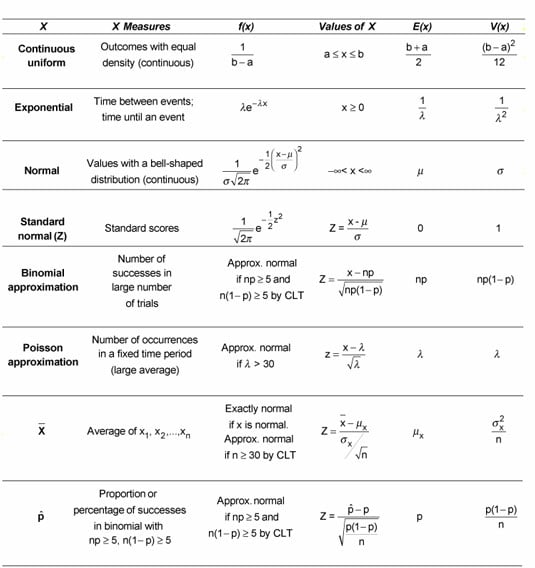
Probability For Dummies Cheat Sheet Dummies

Chapter 6

Probability Distribution

03 Probability Distributions Ppt

Continuous Probability Distributions Env710 Statistics Review Website

Valid Discrete Probability Distribution Examples Video Khan Academy

Discrete Probability Distributions Ppt Download
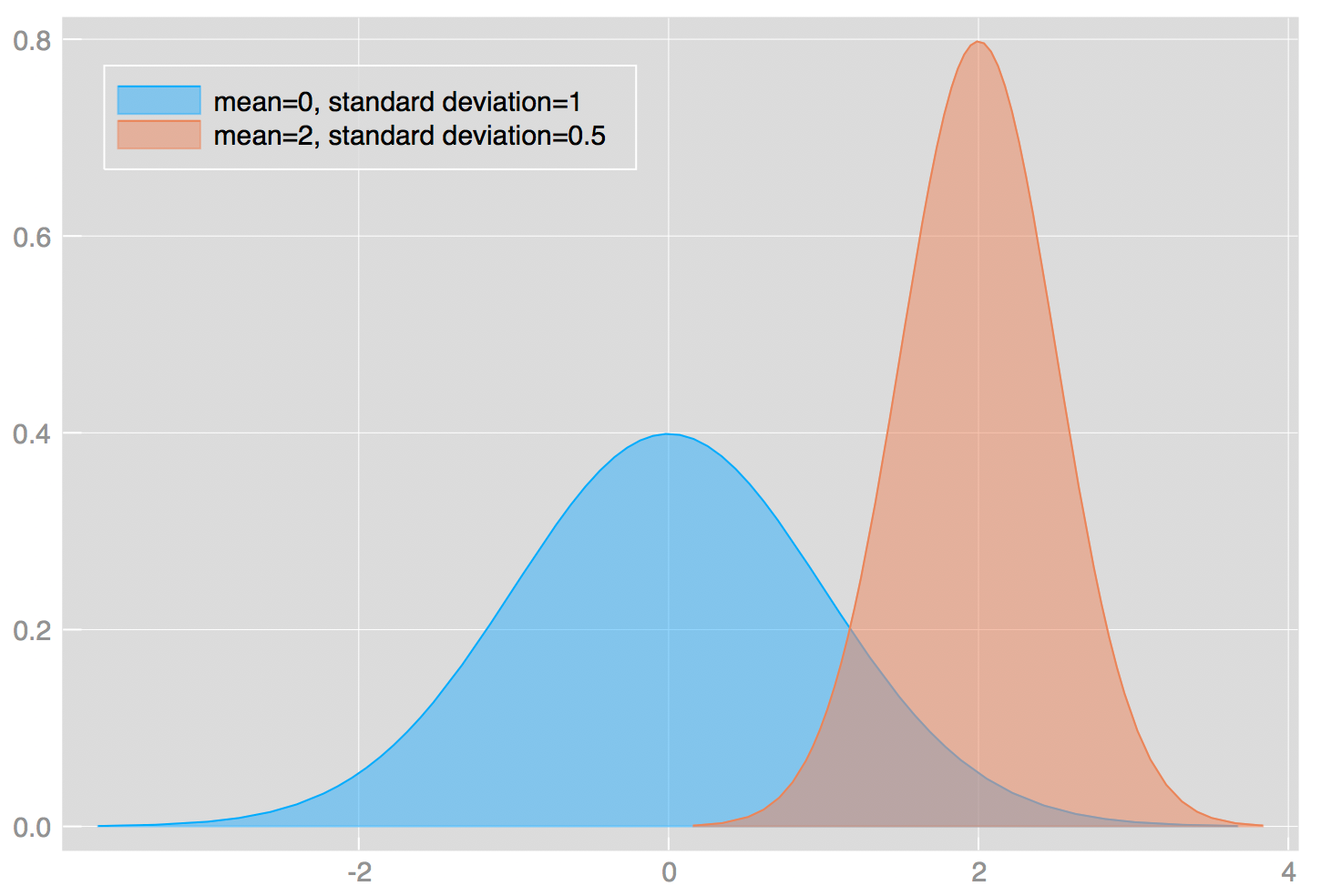
Probability Concepts Explained Probability Distributions Introduction Part 3 By Jonny Brooks Bartlett Towards Data Science
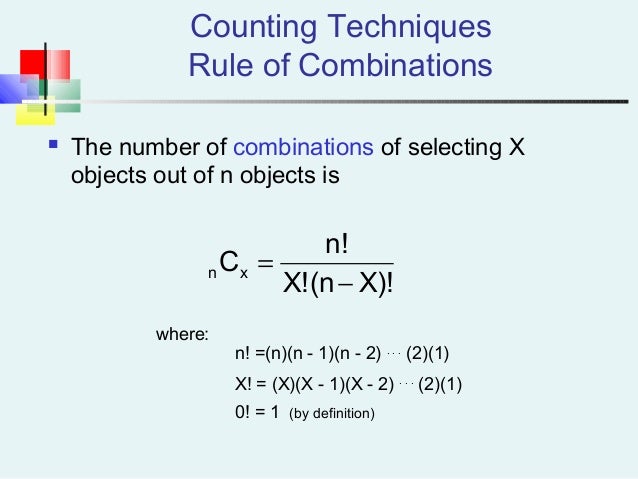
Probability Distribution 2

Rules For A Discrete Probability Distribution Are Chegg Com

Qa In Finance Ch 3 Probability In Finance Probability Ppt Download

Probability Density Functions Youtube

Understanding Probability Distributions Statistics By Jim
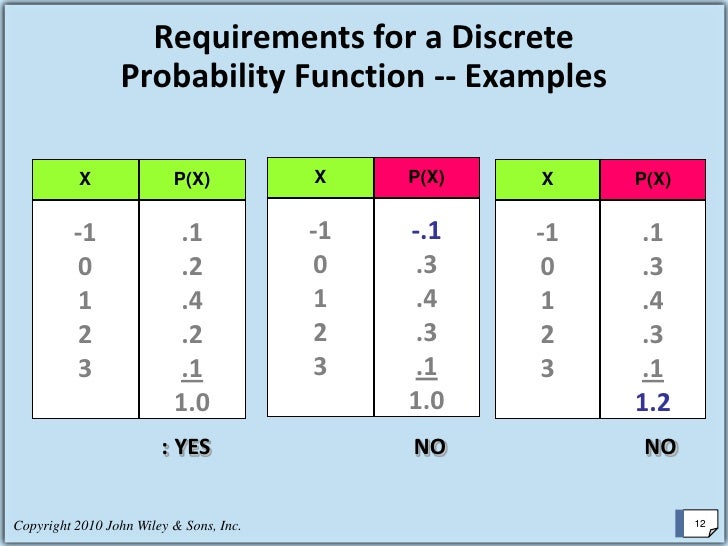
Discrete Probability Distributions
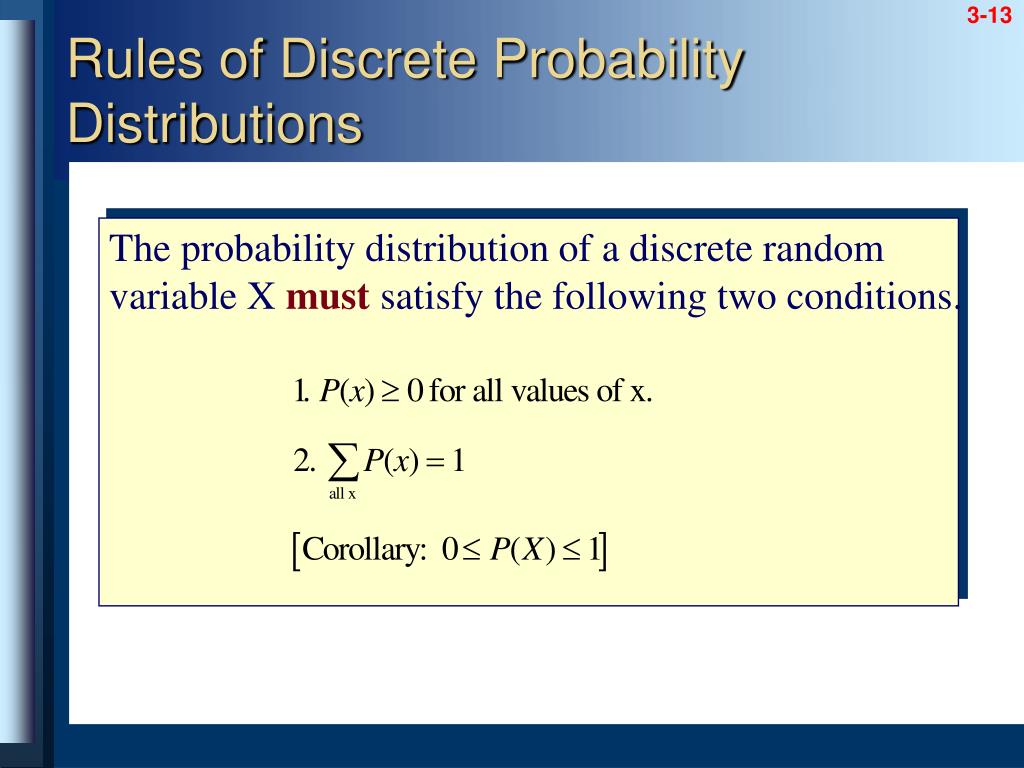
Ppt Complete Business Statistics Powerpoint Presentation Free Download Id 3596351

Probability And Discrete Random Variable Probability
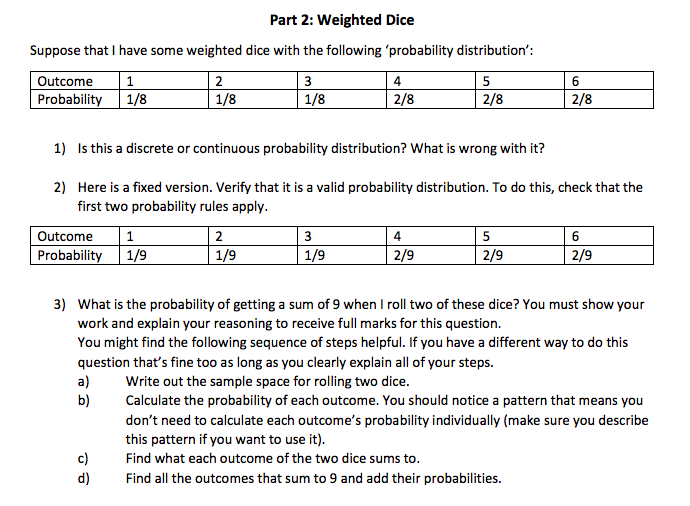
Solved Part 2 Weighted Dice Suppose That I Have Some Wei Chegg Com

Probability Density Function Wikipedia

What Is An Intuitive Explanation Of A Probability Distribution Quora

1
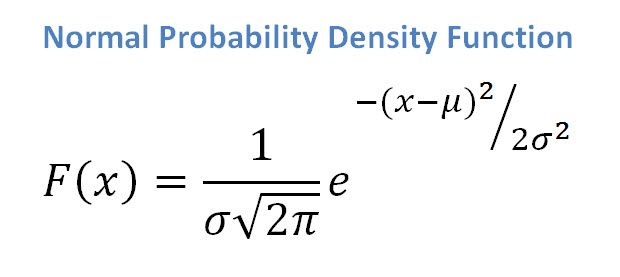
Continuous Probability Distributions Env710 Statistics Review Website

The Probability Distribution Of K For Images Generated Using Rules 18 Download Scientific Diagram

Chapter 9 The Three Rules Of Probabilistic Inference Practical Probabilistic Programming
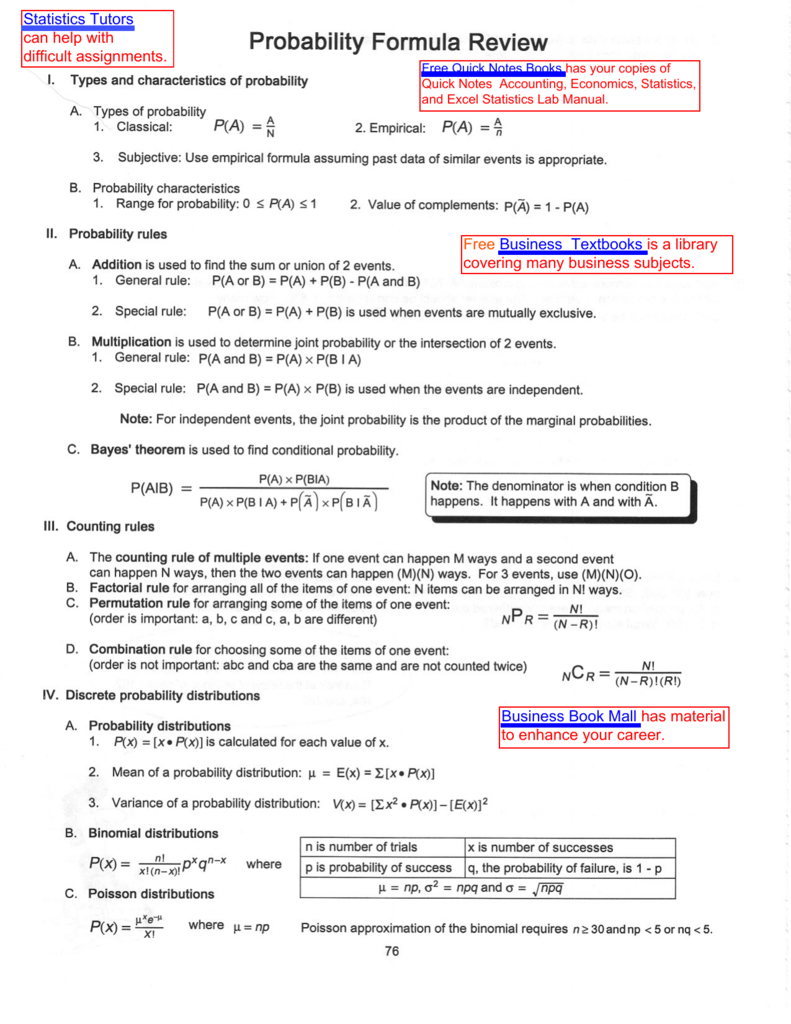
Probability Formula Review

Standard Normal Distribution Tables Z Scores Probability Empirical Rule Stats Youtube
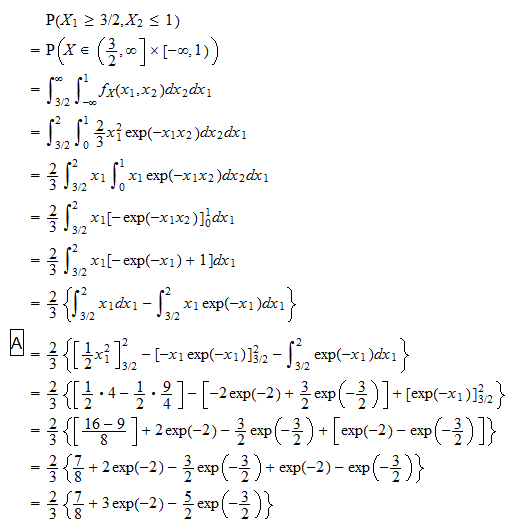
Joint Probability Density Function

Sfs4e Ppt 06

Binomial Distribution Definition Criteria And Example
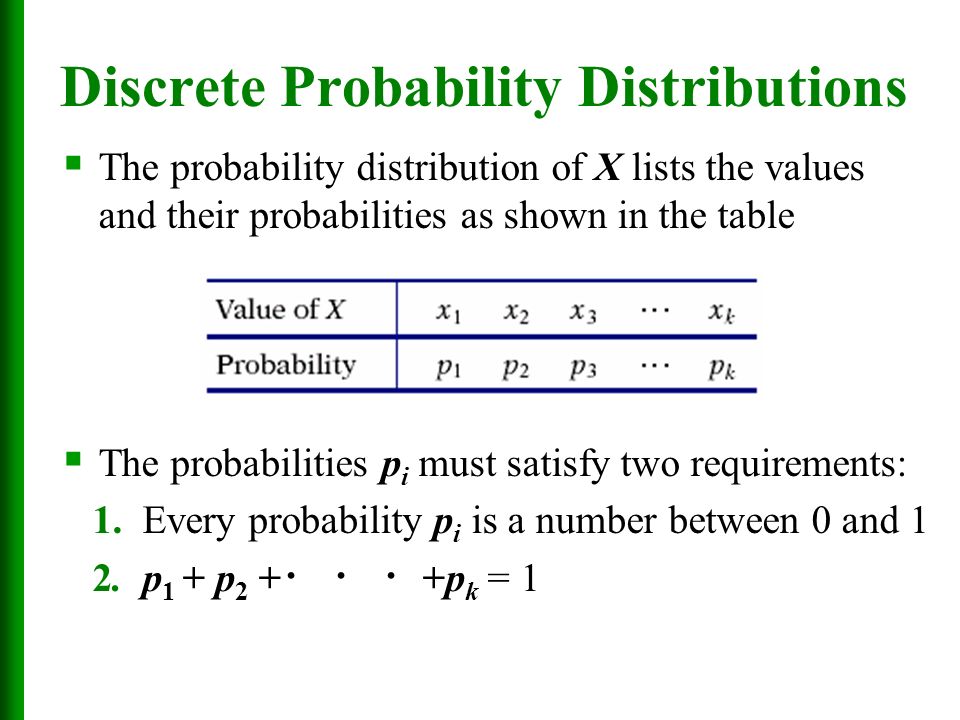
Chapter 5 Discrete Random Variables Probability Distributions Ppt Video Online Download
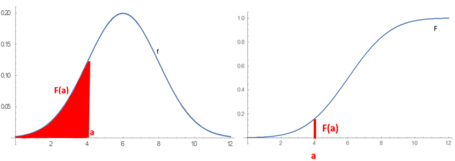
Probability Distribution Wikipedia

Step 3 4 Extraction And Refinement Of Rules From Each Failure Download Scientific Diagram
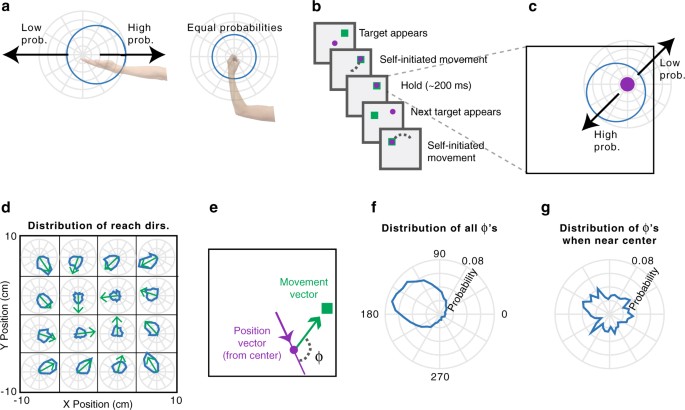
Population Coding Of Conditional Probability Distributions In Dorsal Premotor Cortex Nature Communications
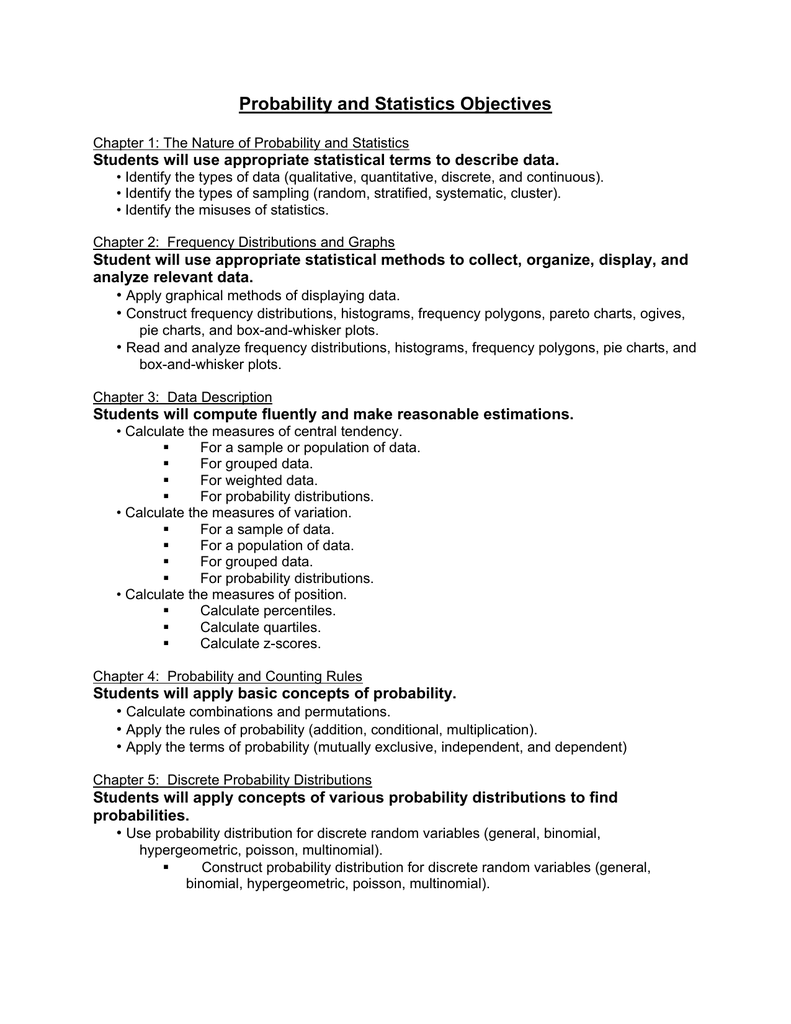
Probability And Statistics Objectives

Explaining The 68 95 99 7 Rule For A Normal Distribution By Michael Galarnyk Towards Data Science

Normal Distribution Bell Curve
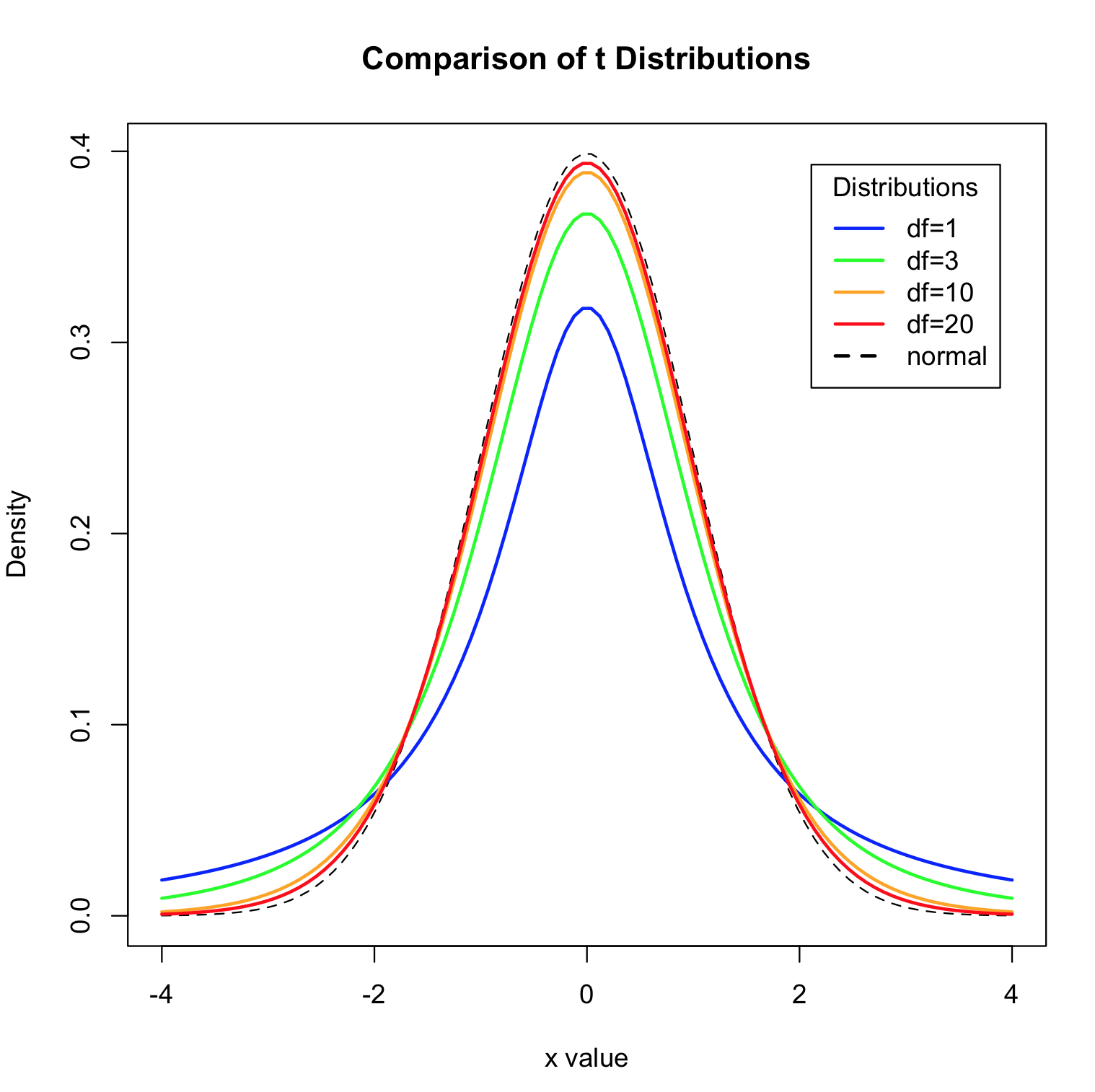
Continuous Probability Distributions Env710 Statistics Review Website
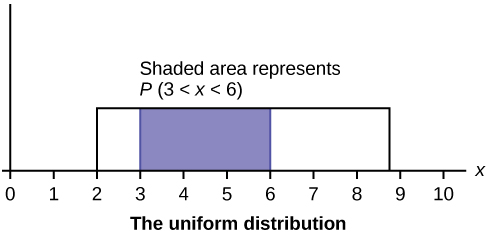
Properties Of Continuous Probability Density Functions Introductory Business Statistics

Ch7 Normaldistribution

Basic Probability Rules And Binomial Distribution

Binomial Random Variables Biostatistics College Of Public Health And Health Professions University Of Florida

Continuous Probability Uniform Distribution Problems Youtube
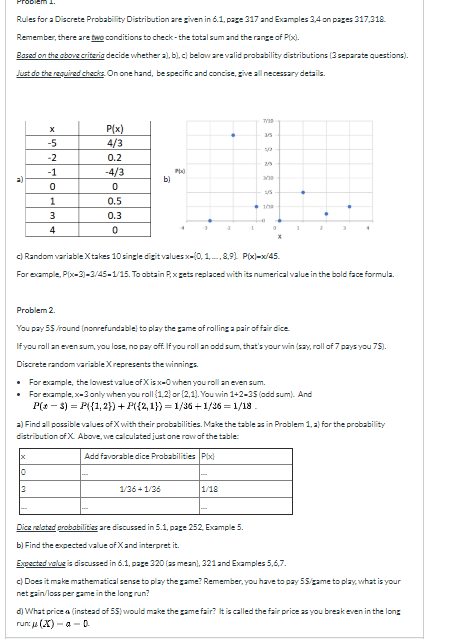
Solved Proiem Rules For A Discrete Probability Distributi Chegg Com

Elementary Probability Make Me Analyst

Random Variables

Probability Density Function

Binomial Distribution Video Khan Academy

Binomial Random Variables Biostatistics College Of Public Health And Health Professions University Of Florida

13 Binomial Poissons Distribution Standard Deviation Probability Distribution

2

Discrete Probability Distributions Based Methodology For Measuring Software Usability

Http Www Csun Edu An73773 Needtoknowch4 5 6 Pdf

Probability Distribution Wikipedia

Probability Density Function Pdf Definition Formulas Example

Https Slcc Instructure Com Courses 397882 Files 64114795 Download Verifier Comrgydq525p6aebdgxjyw3gohblovuqydwopm6k Wrap 1

Normal Distribution Binomial Distribution Poisson Distribution Make Me Analyst

Mathematical Statistics Analysis Of Variance Probability Distribution

Stat 101 Unit 4 Probability Distributions I Pages 1 50 Text Version Anyflip
/LognormalandNormalDistribution1-7ffee664ca9444a4b2c85c2eac982a0d.png)
Empirical Rule Definition

Mth 463 Week 4 Learning Team Assignment Probability Rules And Poisson Probability Distribution In 2020 Learning Theory Cultural Awareness Proposal Paper

Role Playing With Probabilities The Importance Of Distributions Revolutions
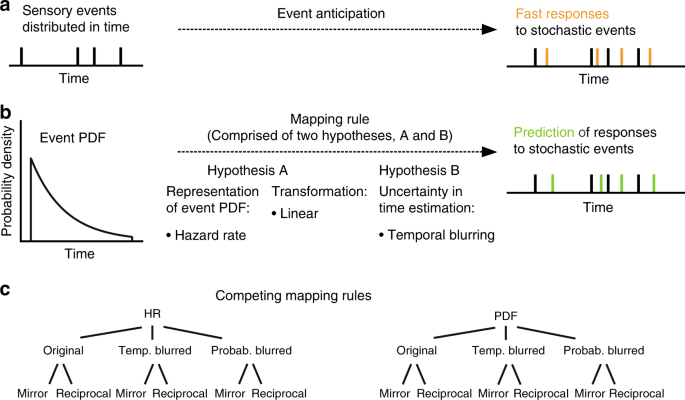
The Anticipation Of Events In Time Nature Communications

Solved Let Y Be A Continuous Random Variable With A Proba Chegg Com

Forecasting The Stock Market With Linguistic Rules Generated From The Minimize Entropy Principle And The Cumulative Probability Distribution Approaches Topic Of Research Paper In Computer And Information Sciences Download Scholarly Article
:max_bytes(150000):strip_icc()/LognormalandNormalDistribution1-7ffee664ca9444a4b2c85c2eac982a0d.png)
Empirical Rule Definition

Poisson Distribution Brilliant Math Science Wiki

Probability Density Functions An Overview Sciencedirect Topics
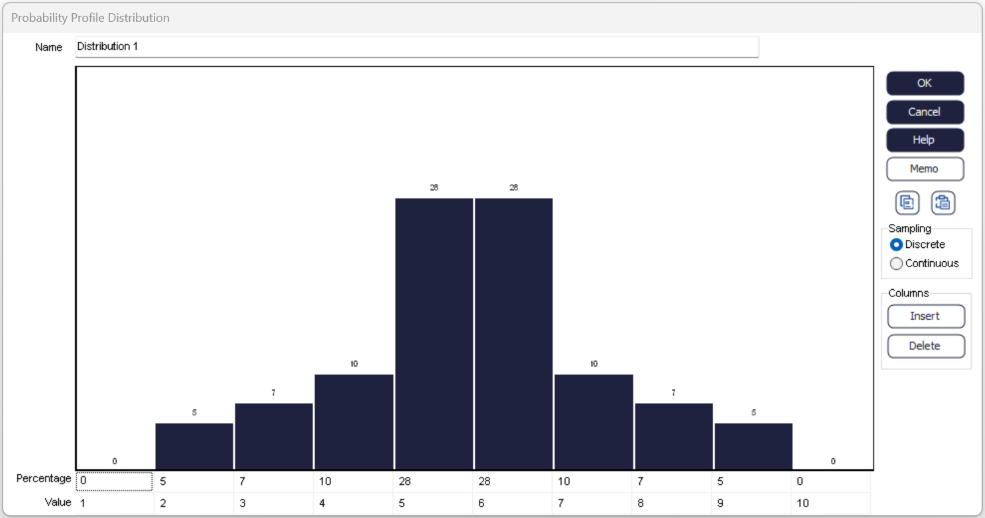
Probability Profile Tutorial

2

Https Encrypted Tbn0 Gstatic Com Images Q Tbn And9gcqynjq6vlyrhjhbgbnwfs Ftupnxggug Sf8rjtyxewbk1snfst Usqp Cau

Http Web Lapinamk Fi Jouko Teeriaho Probability Pdf

Rtutor Hub Probability Distribution Binomial Poisson

Ma Uy 2224 Lecture 5 Bayes Rules Random Variables And Probability Dis Oneclass
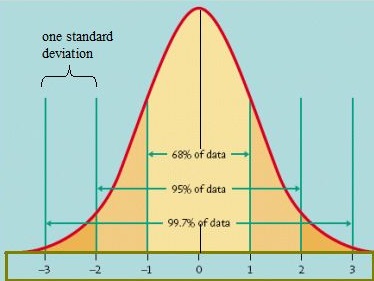
Symmetric Distribution In Statistics Statistics How To

Probability Distribution Outline Pdf Free Download
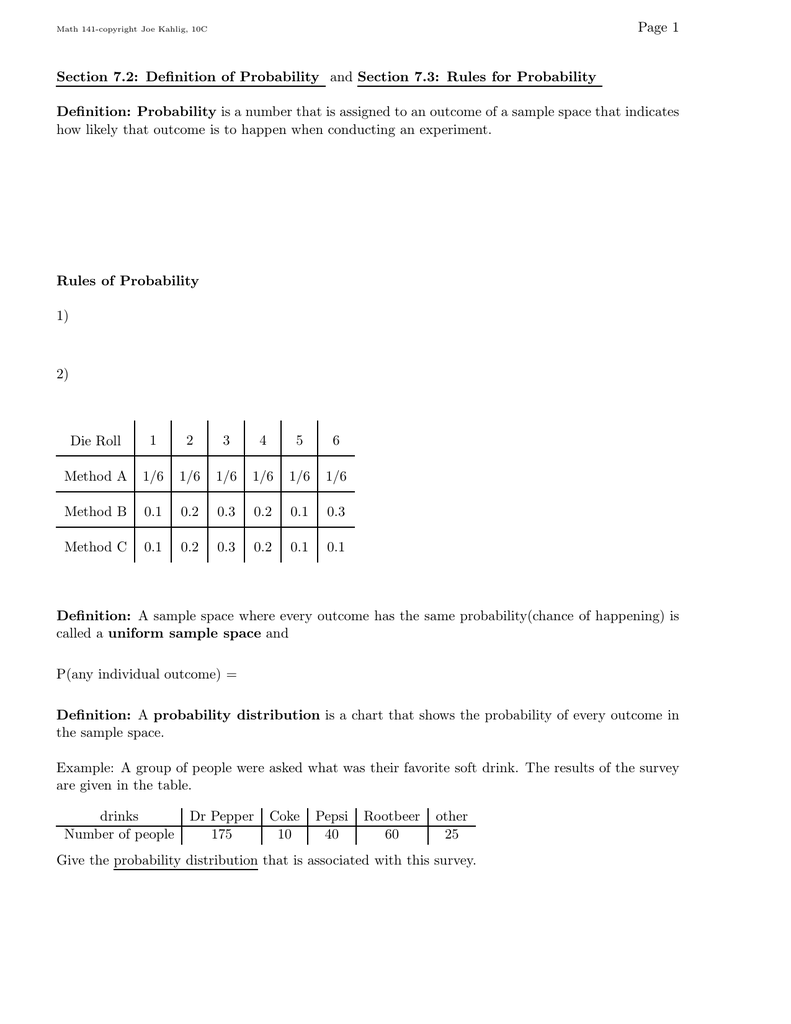
Page 1 And Section 7 3 Rules For Probability

Probability Concepts Explained Probability Distributions Introduction Part 3 By Jonny Brooks Bartlett Towards Data Science

2

Normal Distribution In Statistics Statistics By Jim
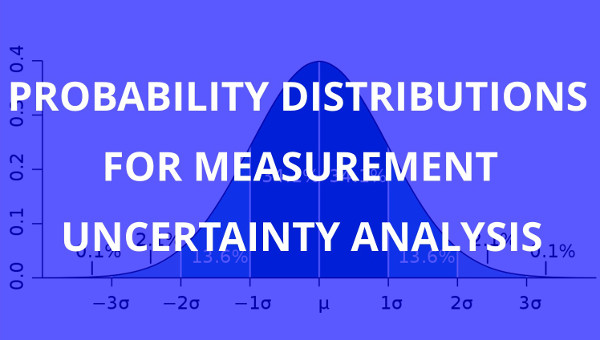
Probability Distributions For Measurement Uncertainty Isobudgets

Http Www Bcsdschools Net Cms Lib010 Sc01916775 Centricity Domain 2196 5probabiity 20and 20normal 20distributions Pdf
/complement-56a8fa9a5f9b58b7d0f6e9e7.jpg)
How To Use The Complement Rule In Statistics
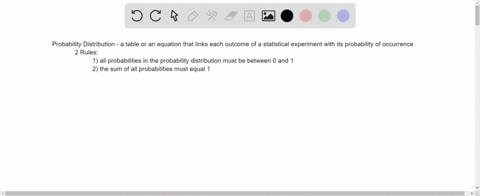
Discrete Probability Distributions Elementary S

Ex 13 4 1 State Which Are Not Probability Distributions

Discrete And Continuous Random Variables

Binomial Distribution Ppt Download

Random Variables
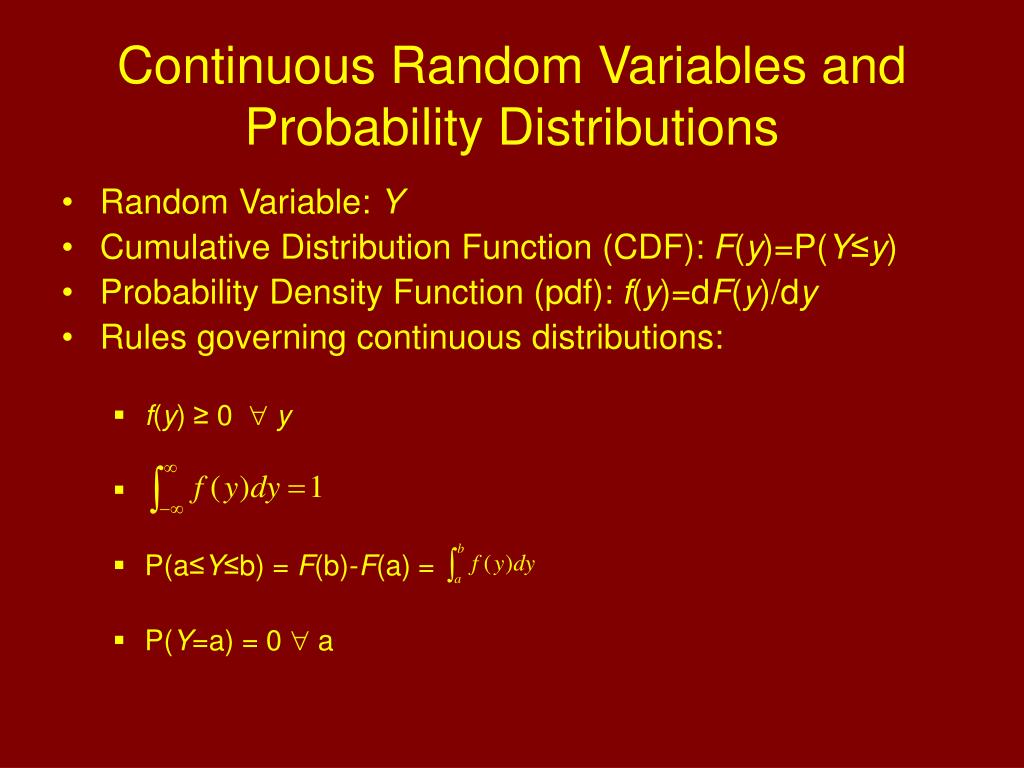
Ppt Continuous Probability Distributions Powerpoint Presentation Free Download Id 217994

Chapter 6 Discrete Probability Distributions Chapter 6 Discrete Probability Distributions Objectives Pdf Document

2

04 Hw Assignment Math221c Byu Idaho Studocu

T1lm 6 Probabilities Pages 1 38 Flip Pdf Download Fliphtml5
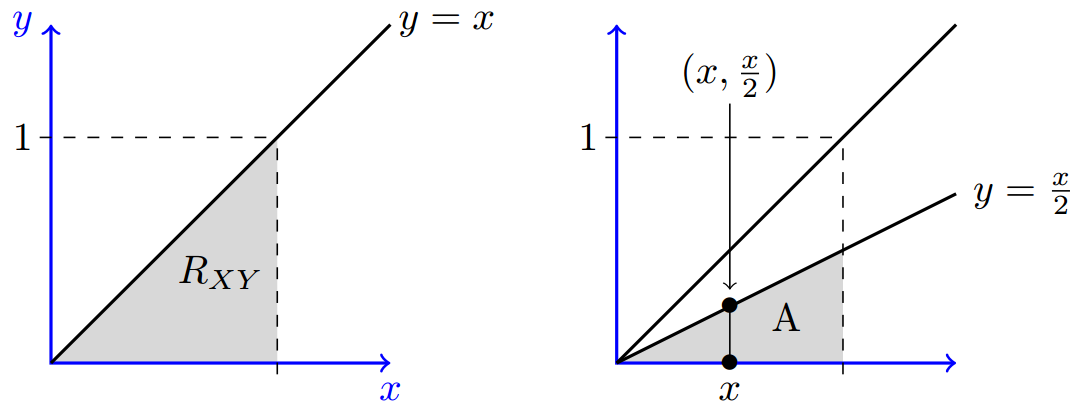
Joint Probability Density Function Joint Continuity Pdf
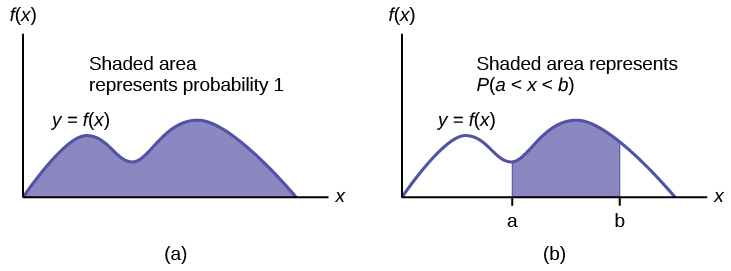
Properties Of Continuous Probability Density Functions Introductory Business Statistics

Https Encrypted Tbn0 Gstatic Com Images Q Tbn And9gctlqtjun70ewiq0e Ergtna1xftdaenaklkhhik1kcvetjxvr2r Usqp Cau

2

Statistics Period 2 Chapter 4 Studeersnel

Probability In Python Dataquest

Probability Density Function

























































/LognormalandNormalDistribution1-7ffee664ca9444a4b2c85c2eac982a0d.png)


:max_bytes(150000):strip_icc()/LognormalandNormalDistribution1-7ffee664ca9444a4b2c85c2eac982a0d.png)










/complement-56a8fa9a5f9b58b7d0f6e9e7.jpg)










Post a Comment for "Probability Distribution Rules"